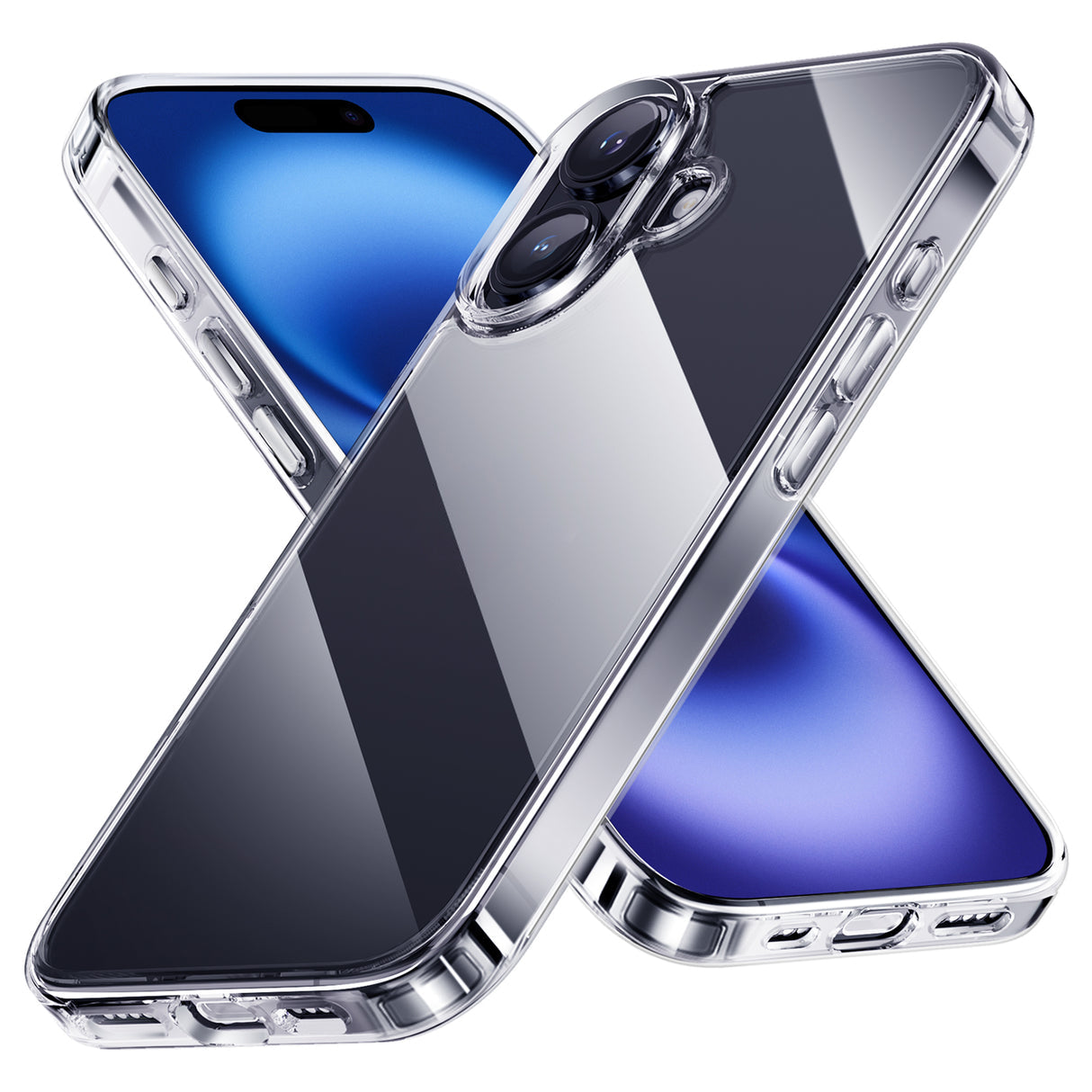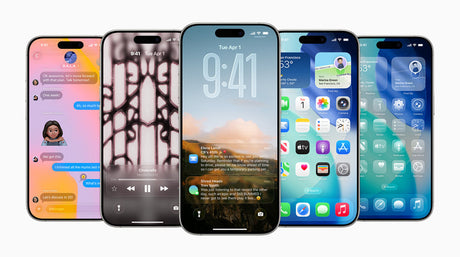Introduction
According to DigiTimes, a source familiar with Apple's supply chain, the iPhone 16 Pro and iPhone 16 Pro Max will support Wi-Fi 7. This new standard will allow devices to simultaneously send and receive data on the 2.4 GHz, 5 GHz, and 6 GHz bands, which is expected to significantly improve Wi-Fi speeds and provide a more reliable connection with less latency.

Wi-Fi 7 theoretically has speeds of over 40 Gbps, six times faster than Wi-Fi 4e. Apple plans to release Wi-Fi 7-enabled products this year, and the iPhone 15 Pro currently supports Wi-Fi 6E. Earlier iPhone 11 through iPhone 14 models support standard Wi-Fi 6.
🎟 Special Discount Now 🎟
Get 10% off with our special code!
✅ Copied!
table of contents
What devices support Wi-Fi 6?
Why Wi-Fi is recommended for using an iPhone What is Wi-Fi anyway?
What is a LAN (Local Area Network)?
What is Wi-Fi 7?
What is the difference between Wi-Fi 7 and Wi-Fi 6/6E?
Summary of the possibility that iPhone 16 Pro will support Wi-Fi 7
What devices support Wi-Fi 6?
To put it simply, the iPhone series that support Wi-Fi 6 are the iPhone SE (2nd generation) and iPhone 11 and later models. Specifically, this includes the iPhone 15 series, iPhone 14 series, iPhone 13 series, iPhone 12 series, iPhone 11 series, iPhone SE (3rd generation), and iPhone SE (2nd generation).

Why Wi-Fi is recommended for iPhone use

The biggest advantage of Wi-Fi is that it saves your iPhone's mobile data usage.
Mobile data charges can easily become high when using backups, OS updates, watching videos, network-enabled games, etc., but using a Wi-Fi connection can help you save on data usage, so it is highly recommended for those who are concerned about data charges.
Another advantage of Wi-Fi is that it can be connected to multiple devices simultaneously, so long as they are within range of the signal. For example, you can easily share iCloud data on your iPad or use data on your Apple Watch.
However, iPhone OS updates are usually performed via Wi-Fi, so if you don't have Wi-Fi at home, you'll need to consider connecting your phone to a computer and updating via iTunes, or using a free Wi-Fi spot.

NIMASO iPhone 16/Plus/Pro/Pro Max Case with Tempered Glass Back (Ice Crystal Series)
The back of the case is made of high-transparency glass, which preserves the original sublime beauty and color, and is just as beautiful as the luxury model.
What is Wi-Fi anyway?

To reiterate what Wi-Fi is, it is one of the wireless LAN standards.
Specifically, Wi-Fi differs from other wireless communication standards such as infrared and Bluetooth in that devices such as smartphones and computers receive radio signals sent from a router and connect to the Internet. Because it uses wireless communication, data can be sent and received without using LAN cables. Simply put, Wi-Fi is a convenient technology that lets you access the Internet without cables.
What is a LAN (Local Area Network)?
The "LAN" in wireless LAN stands for "Local Area Network." Literally, it means a localized information network, and refers to a communication network within a limited area, such as a home or office.
What is a LAN (Local Area Network)?
There are two types of LANs depending on the connection method: "wired LAN" and "wireless LAN." Wi-Fi is classified as "wireless LAN" because it communicates wirelessly.
There are various standards for wireless LAN, including infrared and Bluetooth. Generally, wireless LANs are collectively referred to as "Wi-Fi," but strictly speaking, it is correct to distinguish them by standard.
What is Wi-Fi 7?
Wi-Fi 7 is the next-generation wireless communication standard after Wi-Fi 6 and Wi-Fi 6E, with a maximum communication speed of 46 Gbps, 4.8 times faster than Wi-Fi 6.
The difference between Wi-Fi 7 and Wi-Fi 6/6E
Like Wi-Fi 6E, Wi-Fi 7 uses the 2.4GHz, 5GHz, and 6GHz frequency bands, but the bandwidth used for communication is different. Wi-Fi 6/6E has a maximum of 160MHz (equivalent to 8 channels), but Wi-Fi 7 expands this to 320MHz (equivalent to 16 channels).
Increasing bandwidth not only increases communication speeds, but also reduces connection latency and improves communication stability.

Possibility that the iPhone 16 series will support Wi-Fi 7

The iPhone 16 series currently under development by Apple is likely to support Wi-Fi 7. This information was reported by prominent Apple analyst Ming-Chi Kuo on Twitter on June 19th.
According to Kuo, the reason the iPhone 16 series will be upgraded to Wi-Fi 7 is to improve collaboration between Apple hardware within the same local network.
Wi-Fi 7 theoretically boasts a maximum communication speed of 46 Gbps and can utilize a bandwidth of 320 MHz, which is twice that of Wi-Fi 6. This is said to improve communication speed and reduce latency.


NIMASO Tempered Glass Film for iPhone 16/16 Plus/16 Pro/16 Pro Max with Guide Frame and Black Borderless Screen Protector (2-Pack)
Ultra-thin and non-interfering with the case, the 0.33mm ultra-thin screen offers 99.99% transparency. Anti-fingerprint and smooth to the touch, ensuring a beautiful screen at all times.
summary
In this article, we learned that the iPhone 16 Pro and iPhone 16 Pro Max will support Wi-Fi 7, and explained the differences between Wi-Fi 7 and Wi-Fi 6/6E. We expect to hear more specific information at Apple's press conference this year. We plan to provide timely updates after that, so please look forward to it.
Please like this! Thank you for reading!
Comments, shares, and more are welcome!
Follow us to stay up to date on points, events and iPhone news









